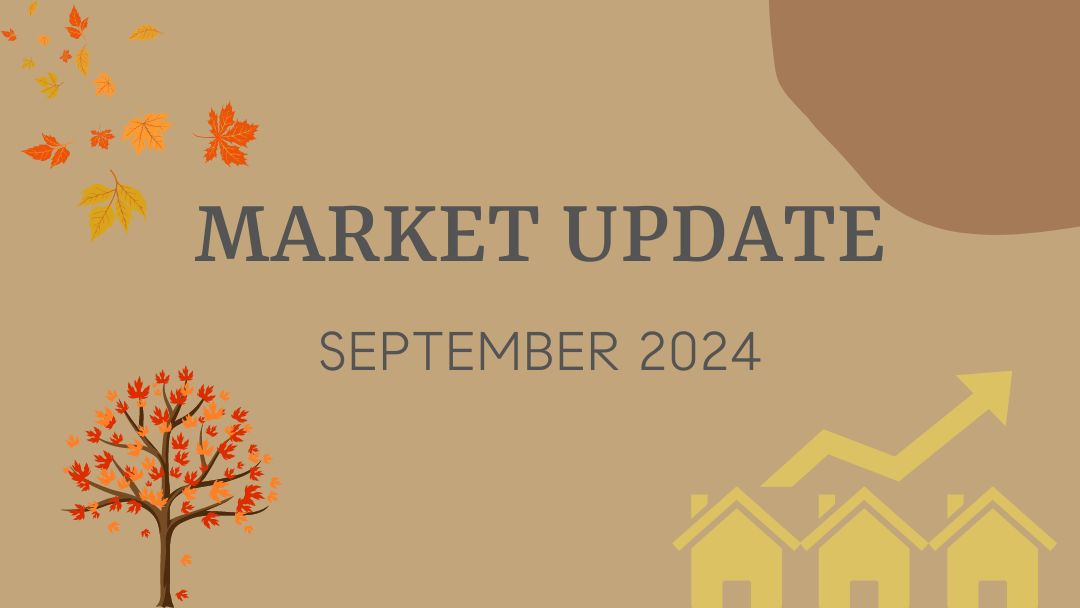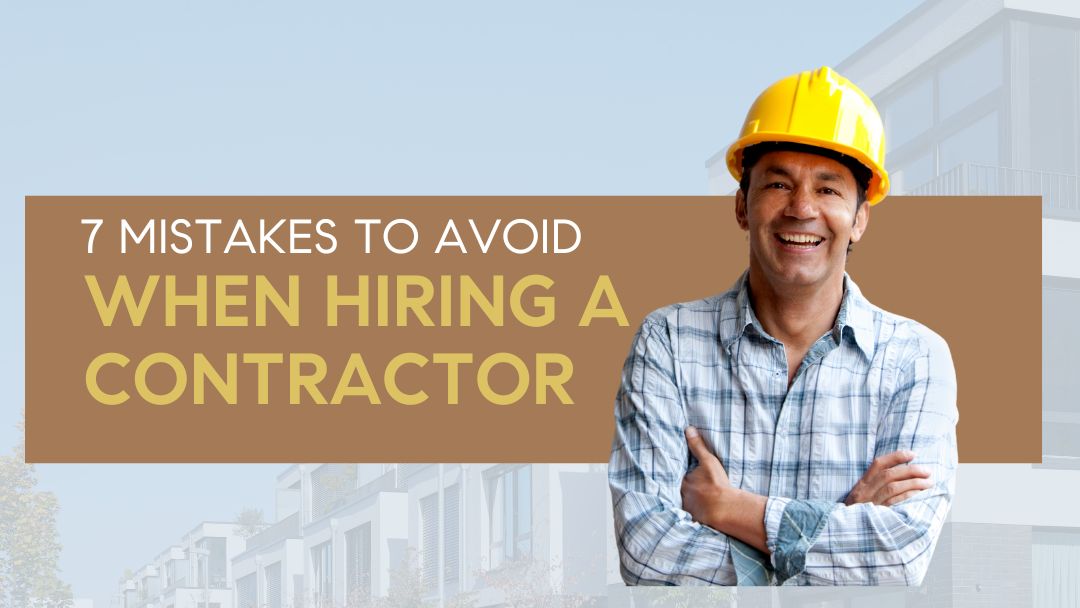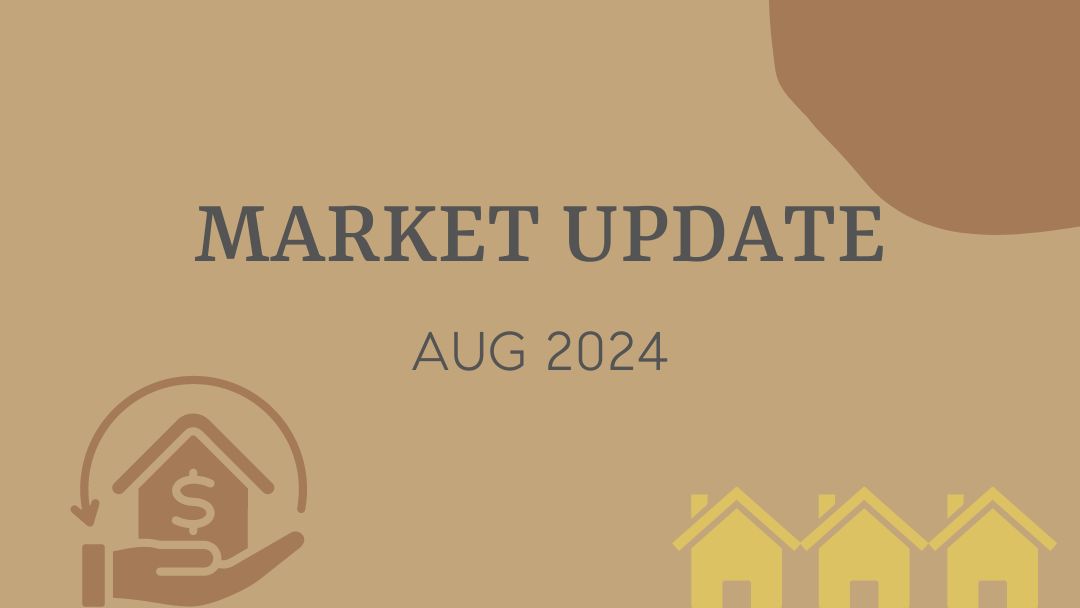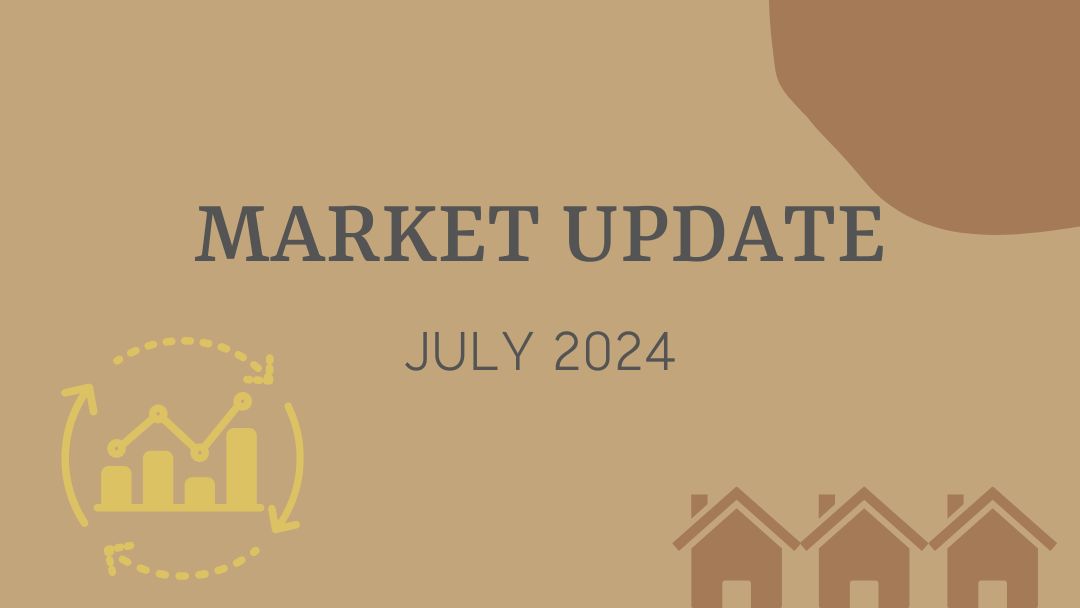Subscribe to my blog

Stage to Sell: How to Attract Buyers and Boost Offers
Selling a home can be a complex and emotional journey, with numerous decisions to make along the way. One of the most impactful decisions a seller can make is whether to stage their home. Home staging involves arranging furniture and decor in a way that highlights the...

September 2024 – Real Estate Market Update
The high interest rate regime that began in March of 2022 was finally reversed when the Federal Reserve lowered it's benchmark rate by 0.50% on September 18th, the first decrease in four years. The move was anticipated but the 'supersized' half-point rate cut was...

7 Mistakes to Avoid When Hiring a Contractor
A recent survey found that more than half (52%) of American homeowners have a renovation project planned this year. If you’re among them, you know that embarking on home improvements can be both exciting and daunting. According to the survey, the median renovation...

Choosing a Mortgage Lender
One of the first things a prospective buyer should do is find an experienced and responsive mortgage lender before making a purchase. In many cases, this could be six months to a year prior to when you want to buy a home. People often delay reaching out to a lender...

August 2024 – Real Estate Market Update
Summer is winding down and we've seen some clear signs that inflation is under control. Unfortunately, it the job market is not looking as resilient as it originally appeared earlier in the year. In my August 2024 real estate market update, I examine the most recent...

Realtor Commissions and the N.A.R. Settlement
Overview On October 31, 2023 a jury in a lawsuit filed by a nationwide class of home sellers found the National Association of Realtors (N.A.R.) and a number of large real estate brokerages liable for more than $5 billion in damages for conspiring to inflate real...

Top 4 Factors to Consider When Choosing Your Mortgage
With home prices and rates still relatively high, securing a mortgage can feel daunting - even to the most experienced borrowers. But don't let that deter you: If other homebuyers' experiences are any indication, odds are you'll eventually find a home loan that works...

July 2024 – Real Estate Market Update
What a rollercoaster the past month has been! A catastrophic debate, an attempted assassination, a vice-presidential pick, a campaign resignation and more. We've also seen quarterly earnings reports from a couple of big tech companies that have had a bearish impact on...
